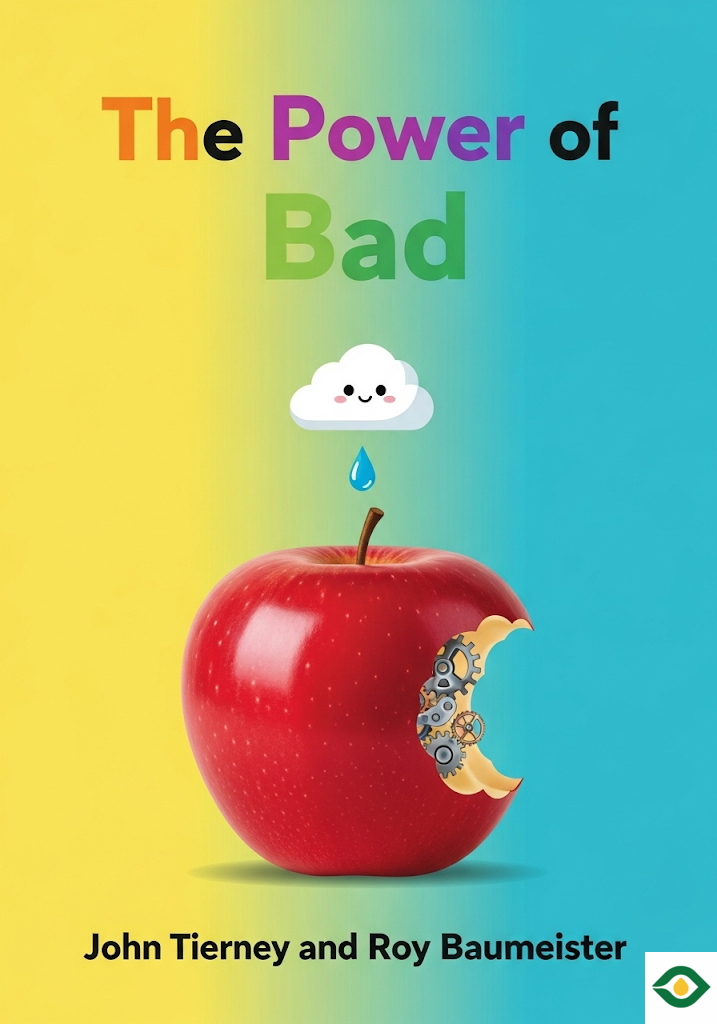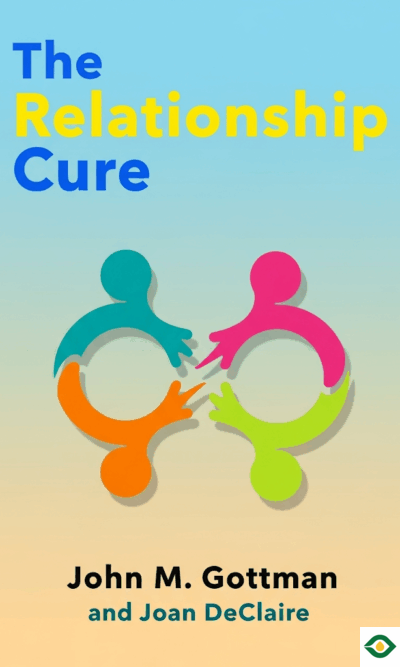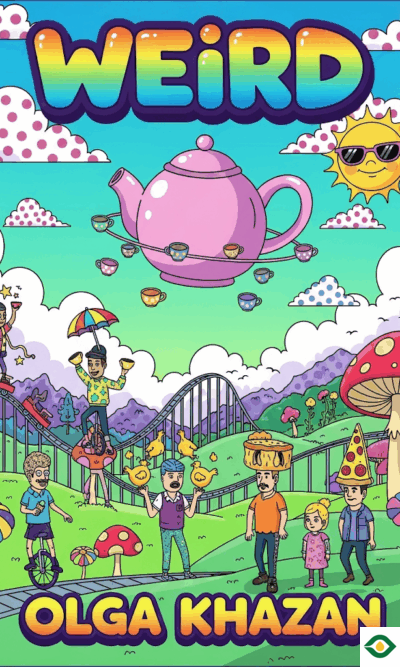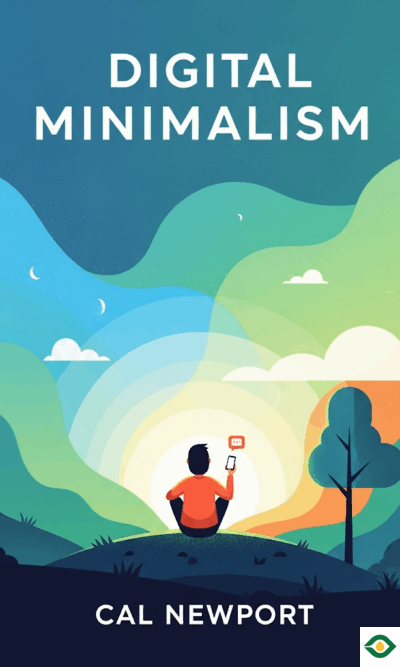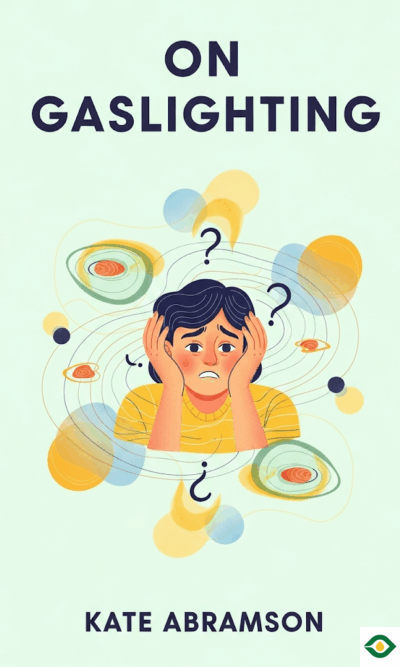Description
The Power of Bad, written by John Tierney and Roy Baumeister, explores a fascinating truth about human psychology: negative experiences leave a deeper mark on us than positive ones. This tendency, known as negativity bias, explains why one criticism can overshadow a hundred compliments, why bad news sticks in our memory more than good news, and why painful events echo louder in our minds than joyful ones. But while bad moments may seem powerful, the authors argue that understanding this bias allows us to limit its grip and create a more optimistic way of living.
From the very start of life, our brains have been tuned to prioritize threats. In ancient times, this bias was useful for survival. A human who paid more attention to a dangerous snake than to a pretty flower was more likely to survive. Today, though, our environments are safer, but the same instinct is still active. This means we often overreact to minor setbacks or spend too much time worrying about things that will not matter in the long run. Recognizing this tendency is the first step toward reclaiming balance.
One of the key lessons the authors emphasize is that negative events outweigh positive ones in relationships. A harsh word can undo several kind gestures, and a single betrayal can haunt a friendship even when surrounded by years of loyalty. Research shows that happy couples need at least five positive interactions for every negative one. The same principle applies in other areas of life, such as raising children, managing employees, or building habits. To stay balanced, good experiences must significantly outnumber the bad. But perhaps more importantly, the best strategy is often not to pile on more positives, but to reduce the negatives. Eliminating harmful actions is more powerful than adding extra good deeds.
This doesn’t mean we are helpless victims of our negative emotions. Humans have the capacity to manage fear, anxiety, and anger. The book gives the example of “Fearless Felix” Baumgartner, the skydiver who leapt from the edge of space. Despite his courage, he suffered from claustrophobia and had to overcome panic when wearing a helmet. With therapy and training, he learned to control his mind and successfully made the jump. This shows that even deeply rooted fears can be managed through patience, practice, and cognitive techniques.
Negativity also influences how we respond to incentives. Studies consistently show that people are more motivated to avoid losses than to gain rewards. A student will work harder to avoid losing points than to earn extra credit. A person is more likely to donate blood if told they can prevent someone from dying rather than simply save a life. This “power of bad” can be used to guide behavior, but it must be applied carefully. If punishment seems unavoidable or overwhelming, people may give up instead of trying harder. The challenge is to use negative incentives without making them crushing.
Another important idea is that negativity is contagious. A single gloomy coworker can drain the mood of an entire office. One rude customer or unfriendly employee can sour the reputation of a business. The spread of bad energy is faster and stronger than the spread of good energy, which is why it is so important to limit toxic influences early. On the other hand, surrounding yourself with supportive, encouraging people can boost resilience and health. Social networks filled with optimism lead to better recovery from illness and greater satisfaction in daily life.
In today’s digital age, the power of bad is most visible in online reviews. Businesses live and die by their reputations on platforms where even one negative review can outweigh dozens of positive ones. Research shows that people trust bad reviews more than good ones, assuming that criticism is more honest. Successful businesses counter this by setting clear expectations, being transparent, and making sure that the final moments of a customer’s experience are positive. This approach leaves lasting good memories that can reduce the impact of the occasional unhappy comment.
Despite the weight of negativity, people are naturally inclined toward positivity. We prefer smiles over frowns, happy stories over sad ones, and memories of joy over memories of pain. Over time, the sharp edges of bad memories fade while good memories remain vivid. This natural resilience helps us recover and grow. Many people even experience what psychologists call post-traumatic growth, where challenges lead to greater appreciation of life, deeper relationships, and stronger personal values.
The book ends with an important reminder: the world is not as bad as it often appears. News headlines constantly highlight danger, disaster, and conflict, making us feel like society is collapsing. But a closer look shows steady progress. Life expectancy has risen dramatically, poverty rates have dropped, literacy is at record highs, and overall well-being has improved for millions of people. The so-called “Crisis Crisis” exaggerates threats and blinds us to real progress. By keeping perspective, we can resist unnecessary fear and focus on solving problems with calm and clarity.
The central message of The Power of Bad is both sobering and hopeful. Bad moments are powerful, but they are not unbeatable. By learning to recognize negativity bias, we can stop giving bad events more influence than they deserve. By surrounding ourselves with supportive people, setting realistic expectations, and reminding ourselves of the good, we can reduce the grip of negativity and allow optimism to flourish. The world may not be perfect, but it is far better than our biased minds often believe.
Ultimately, the lesson is simple: focus on reducing the bad, amplify the good when you can, and always remember that progress—both personal and global—is real. Life improves when we stop letting the power of bad control our choices and start using our awareness to build a brighter perspective.

